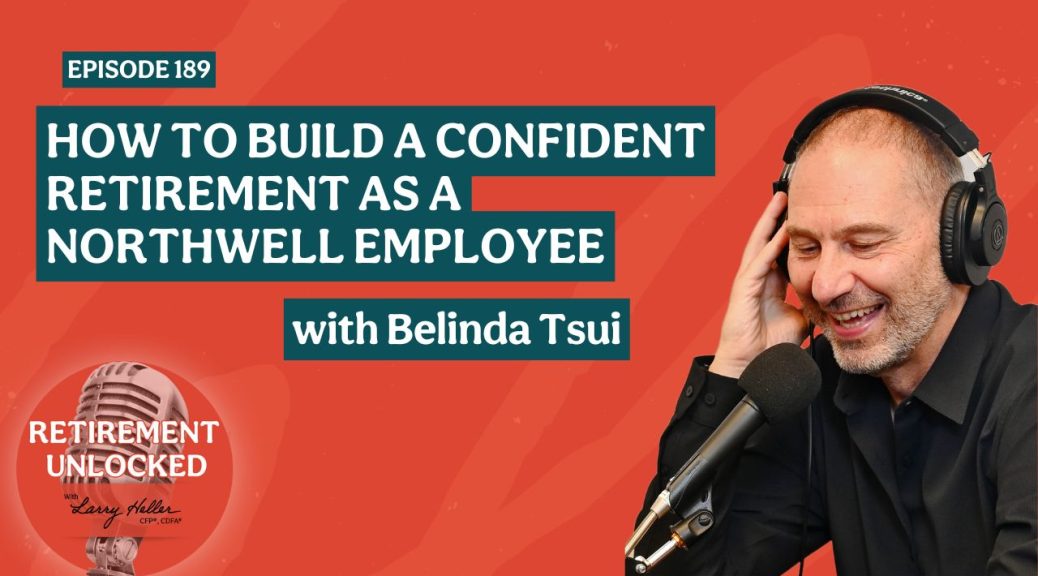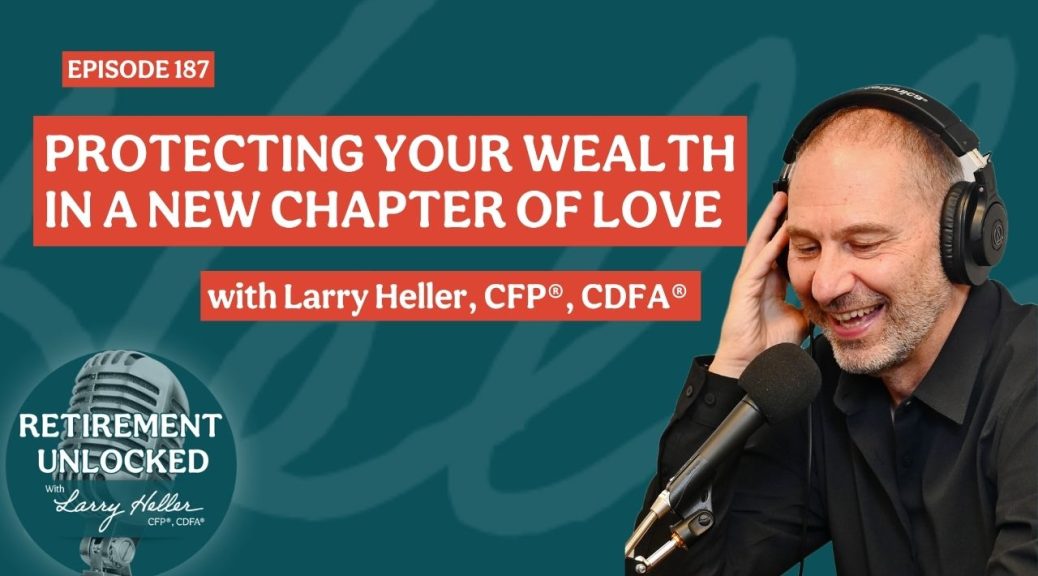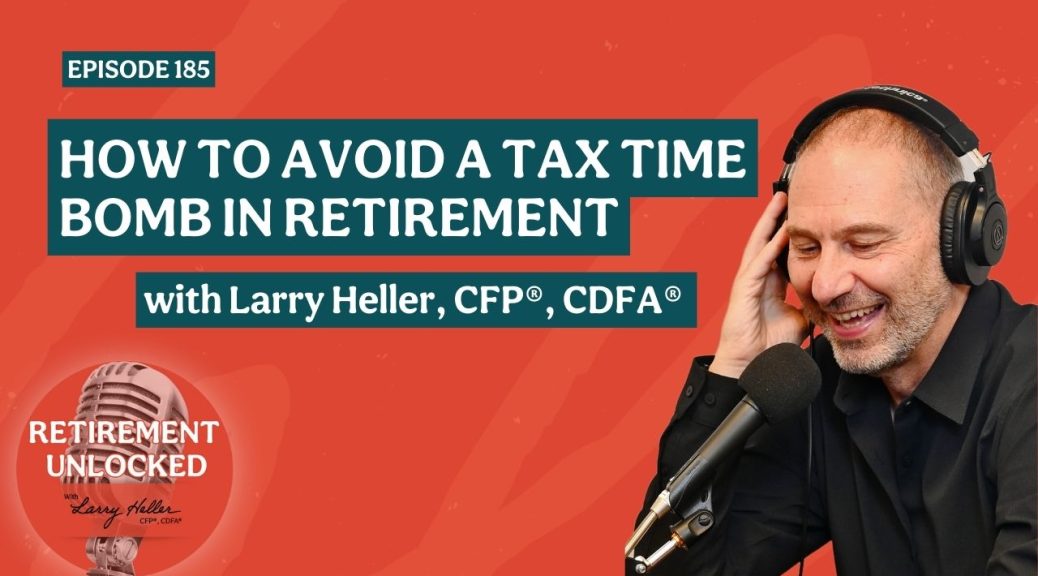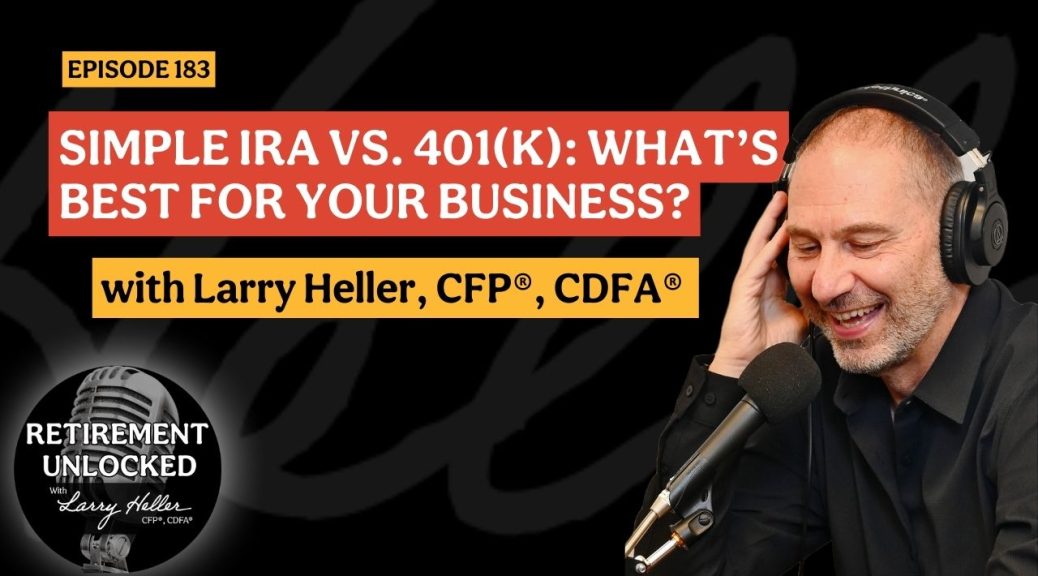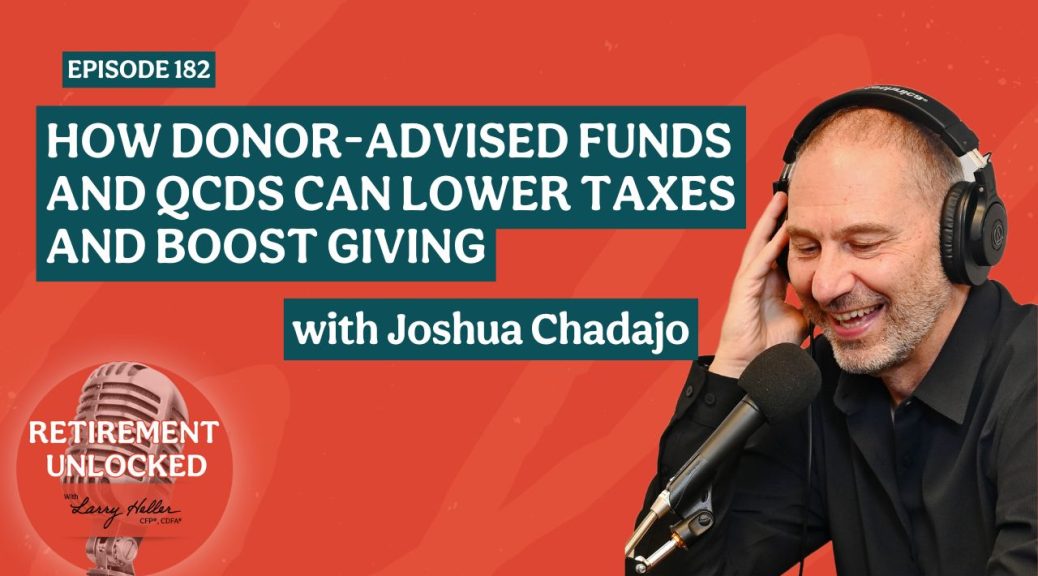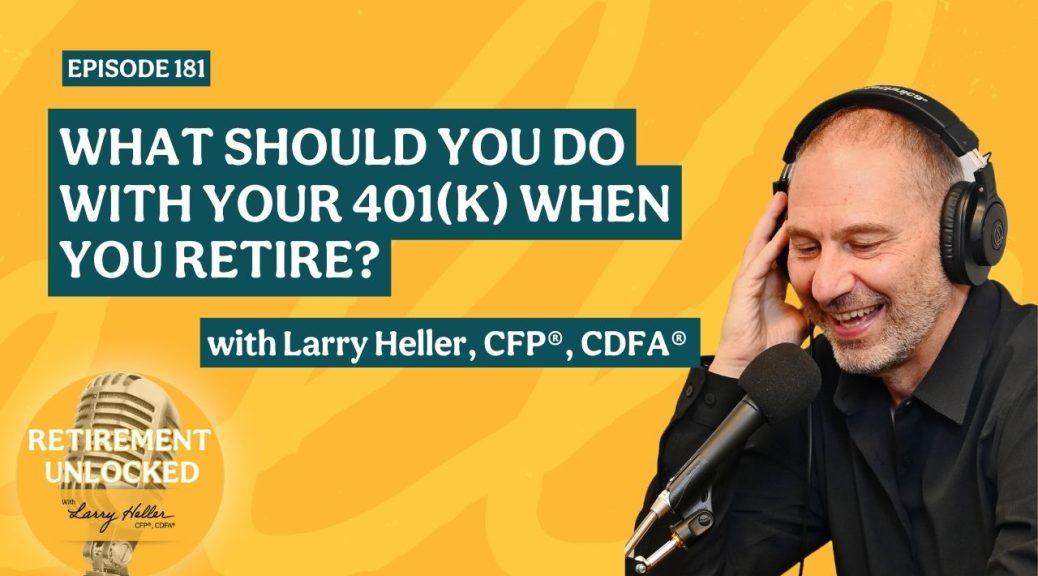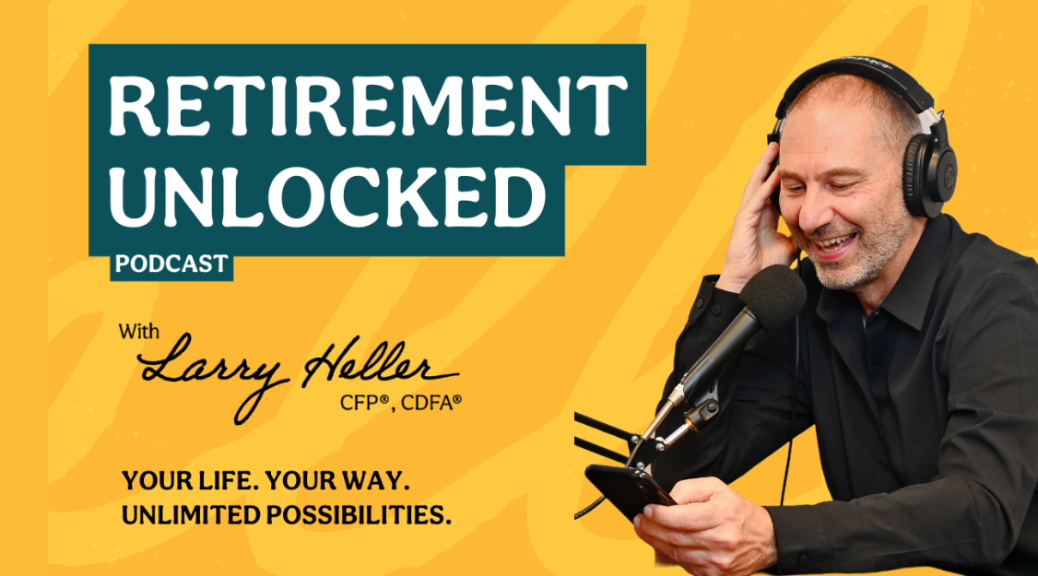
Key Decisions to Get Right in Your 60s for a Confident Retirement (Ep. 190)
Podcast: Play in new window | Download | Embed
Subscribe: Spotify | iHeartRadio | TuneIn | RSS | More
Planning for retirement in your sixties involves a series of decisions that shape the rest of your life. Many retirees and pre-retirees are unsure how Social Security, healthcare, taxes, investments, and estate planning all work together, and this uncertainty can lead to costly missteps.
In this episode, Larry Heller, CFP®, CDFA®, breaks down the most common mistakes he sees people make during this decade and explains how thoughtful planning can help you approach retirement with clarity and confidence. He highlights real-world scenarios where timing, income needs, and coordination across financial decisions can make a meaningful difference for retirees and their families.
What to expect:
- The Social Security mistakes many people make at ages 62 to 67
- How income needs, longevity, and spousal benefits affect the right claiming strategy
- Why knowing your spending is one of the most powerful pieces of retirement planning
- Healthcare planning essentials, including Medicare, IRMAA, and long-term care
- Managing investments in your sixties without becoming too conservative too quickly
- Missed tax opportunities such as Roth conversions and withdrawal sequencing
- Emotional preparation and lifestyle planning for a fulfilling retirement
- Why updated estate documents and beneficiary designations matter
- And more!
Resources:
Connect with Larry Heller:
